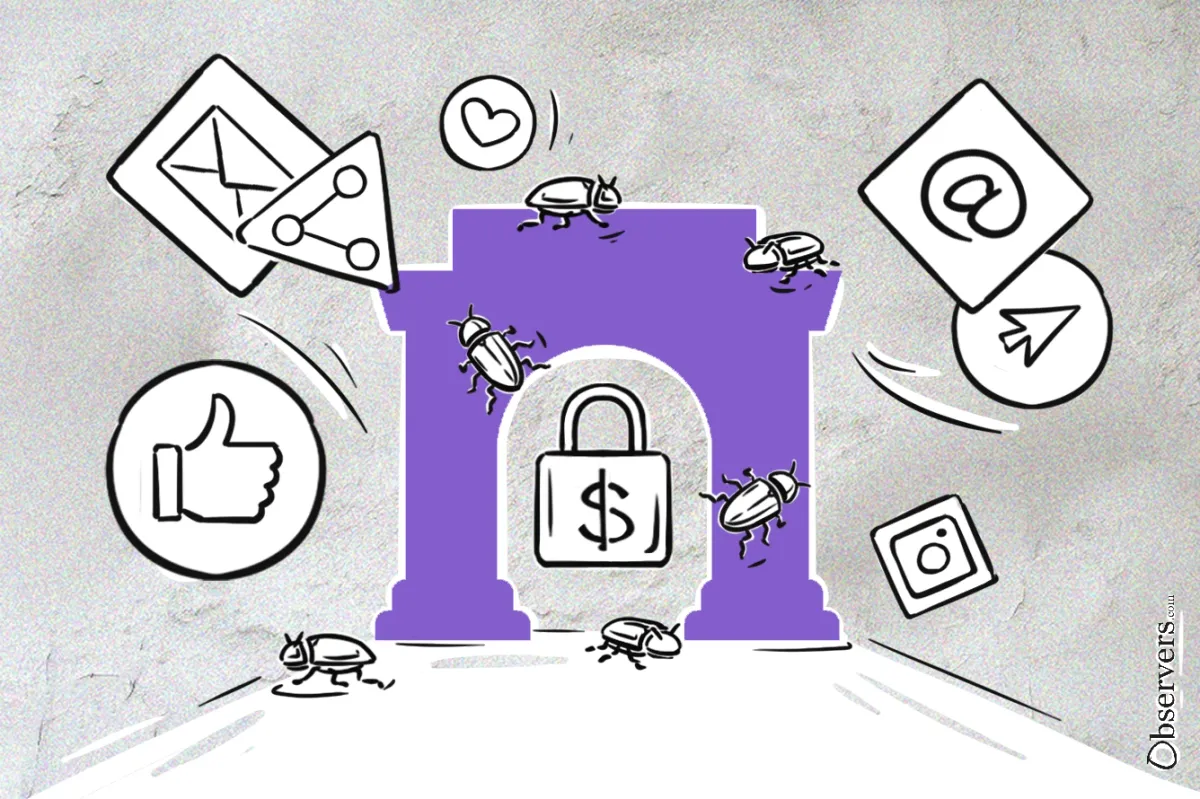
In May, DeSoc project Farcaster secured $150 million in a fundraising Series A round led by Paradigm with participation from a16z, Haun, USV, Variant, Standard Crypto, and others. This comes after the project secured $30 million during a Seed funding round back in 2022 led by a16z with the participation of Coinbase Ventures and others. Investors are also actively funding the developers working with Farcast. So what is so special about this new crypto unicorn?
Farcaster was founded in 2020 by two former Coinbase executives Dan Romero and Varun Srinivasan. They describe it as a protocol “for building sufficiently decentralized social networks.” Similar to how anyone can build a new browser or email application on HTTP, Farcaster allows any developer to permissionlessly use social primitives in their product to build a new social media network. It has no user interface and it is more like an infrastructure layer that allows others to build various social media applications similar to X platform, Youtube or TikTok. All applications built on Farcaster should empower users by providing the three declared features for "sufficient decentralization":
- the ability to claim a unique username,
- post messages under that name, and
- read messages from any valid name.
Farcaster has a hybrid architecture where the identity is stored on-chain and the data off-chain. The on-chain system is built on Optimism, a Layer 2 scaling network on Ethereum, and represents a system of Optimism smart contracts recording key transactions such as account registration and payments.
The off-chain part is organized in the form of a p2p server network, called Hubs, that stores data such as user-generated content and media. Users can maintain their Hub nodes but they don't get paid for that and they still need to pay for placing their content on the network. Most user actions are performed off-chain, apart from those when security and consistency are critical (i.e., creating an account or paying rent).
Despite the project's noble goals and strong funding, developer adoption has been slow. The most popular application is still the Warpcast client developed by the Farcaster team, which provides an X (Twitter) type of publication and communication interface.
There is a small ecosystem of connected apps that help to make off-chain actions like writing casts, following accounts, and browsing. Some popular connected apps include Supercast, which allows scheduling posts and creating polls, multi-account support, etc., and Yup, which connects notifications and dialogues from various apps in one place.
When sharing information on the fundraising, Romero outlined the growing daily active users. Farcaster.network shows that over the last month, there were around 45,000 active casters on average daily. Romero claims that Farcaster has had 350,000 paid signups and has seen a 50x increase in network activity since October 2023, when the network went permissionless.
User activity significantly grew at the beginning of 2024, when the protocol launched Frames. The feature represents a new standard that lets users turn any cast into an interactive mini-app so that users can perform various functions without leaving Warpcast (or any other Farcaster client).

One of the most questionable features is that all users must pay rent to keep their messages on the Farcaster network. A user who pays $5 per year can store up to 5,000 casts, 2,500 reactions, and 2,500 follows. To connect new Farcaster apps, gift invites, or mint certain NFTs, users must pay in ‘warps’ а centralized in-app currency. Even though the rent fee is low, it's hard to believe many users will pay for tweeting or adding images and GIFs to their posts if they can do it for free.
While the idea of decentralized social media feels intriguing, especially as traditional platforms face so much criticism, Farcaster, at its current stage of development, will not rival the industry giants in a hurry. The relatively complicated structure for those outside the crypto community, the lack of a proper user guide or even a description of the app features, the limited application functions, and the paid subscription will surely prevent the network from expanding its user base. This, in turn, will slow developer onboarding because the main asset of a social media platform is users rather than technology.
Even though the current state of Farcaster's UX is not perfect, many believe in its potential and in that of DeSoc projects in general. This February, Vitalik Buterin who makes regular posts on Farcaster, also shared his hopes for the two projects to eventually rival Meta's scale, saying that Farcaster and Lens “will NOT be deserted” any soon. However, per our observations, there is still a long road "through deserts" for these applications before can manifest a "truly empowered user".

